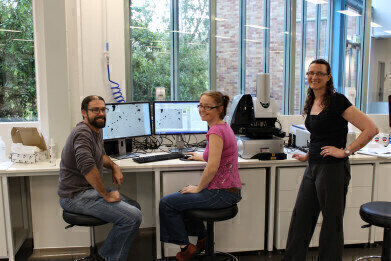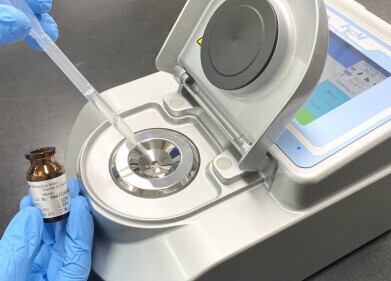Laboratory Products
Particle Characterisation System Accelerates Environmental Particle Research at Australian University
Dec 29 2014
A Morphologi G3-ID particle characterisation system from Malvern Instruments is opening cutting-edge research opportunities in environmental science at the School of Science, Environment and Engineering, Southern Cross University (SCU), in Australia. The Morphologi G3-ID, which is sold and supported in Australia by ATA Scientific, combines automated particle imaging with Raman spectroscopy to deliver particle size, morphology and chemical identification of particles within a dispersion. The technique is helping users to better understand the composition and behaviour of natural particles within the environment and is generating substantial cost and efficiency savings in areas that previously relied on manual microscopy.
Andrew Rose, Associate Professor within Southern Cross GeoScience at SCU said: “After just four months, the Morphologi G3-ID is already heavily used by researchers and students throughout the university who are working on a wide range of projects. The automated microscopy and image analysis functions are especially popular and have saved countless hours compared with using manual microscopy techniques.”
Measuring the size and shape of environmental particles helps researchers determine aspects of their functionality, such as dissolution rate and solubility. The inclusion of Raman spectroscopy measurements alongside particle imaging enables chemical identification of particles, which is important in understanding the processes occurring within a sample. The Morphologi G3-ID is being used in studies of sediment geochemistry, contaminant mobility and biogeochemistry, among others.
The Morphologi G3-ID uses advanced optics to capture images of individual particles across a dynamic size range of 0.5 µm to 1000 µm and generates size, shape and morphological data for each particle within the dispersion. The system then automatically selects particles within the dispersion and collects a Raman spectrum from each one, allowing analysis of discrete particle populations within the blend. Designed for operational ease of use, the fully automated instrument enables users at SCU ranging from experienced scientists through to students with limited spectroscopic experience to gain a detailed understanding of their particulate samples.
Digital Edition
Lab Asia 31.2 April 2024
April 2024
In This Edition Chromatography Articles - Approaches to troubleshooting an SPE method for the analysis of oligonucleotides (pt i) - High-precision liquid flow processes demand full fluidic c...
View all digital editions
Events
Apr 28 2024 Montreal, Quebec, Canada
May 05 2024 Seville, Spain
InformEx Zone at CPhl North America
May 07 2024 Pennsylvania, PA, USA
May 14 2024 Oklahoma City, OK, USA
May 15 2024 Birmingham, UK






.jpg)











